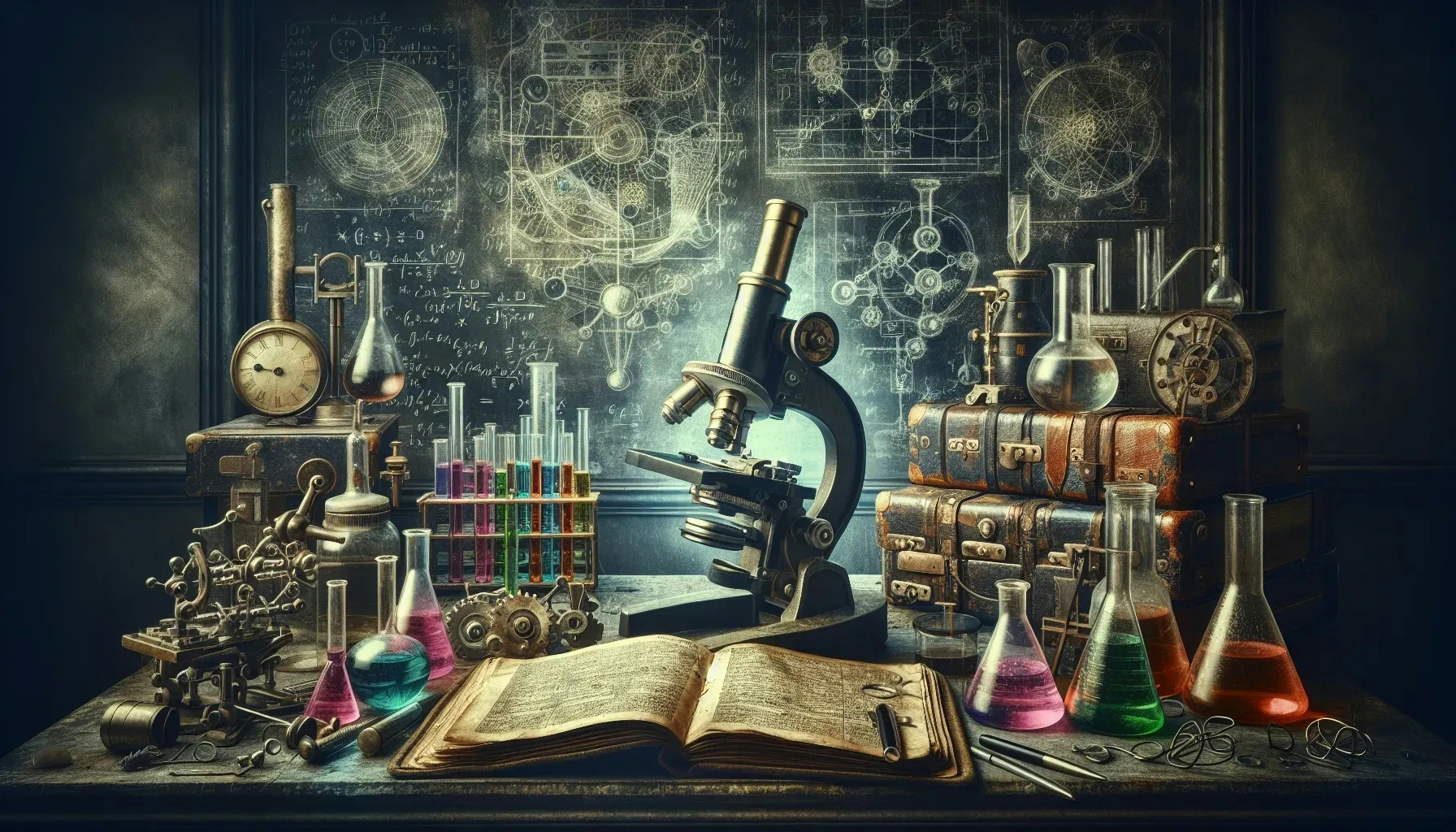Welcome to a journey through time and intellect, where we will explore the lives and discoveries of some of the world's most famous scientists. This blog post will delve into the minds of these brilliant individuals, shedding light on their groundbreaking contributions that have shaped our understanding of the world and beyond. So, buckle up and prepare for an enlightening exploration of scientific history.
Isaac Newton: The Force Behind Classical Physics
Isaac Newton, a name synonymous with science, revolutionized our understanding of the physical world. His laws of motion and universal gravitation laid the groundwork for classical physics. Newton's first law, often referred to as the law of inertia, states that an object at rest stays at rest and an object in motion stays in motion unless acted upon by an external force.
The second law provides a calculation for force, equating it to mass times acceleration. The third law, known for its simplicity yet profound implications, states that for every action, there is an equal and opposite reaction. These laws, together with his law of universal gravitation - the idea that every particle of matter in the universe attracts every other particle - form the cornerstone of classical physics.
Albert Einstein: The Genius of Relativity
Albert Einstein, perhaps the most recognizable scientist in history, forever changed our perception of space and time. His theory of relativity, comprising the special and general theories, reshaped the field of physics.
The special theory of relativity, published in 1905, introduced the concept that the laws of physics are the same for all non-accelerating observers, and that the speed of light in a vacuum is the same, no matter the speed at which an observer travels. This theory led to the famous equation E=mc^2, indicating that energy (E) equals mass (m) times the speed of light (c) squared, highlighting the equivalence of mass and energy.
The general theory of relativity, published in 1915, proposed that gravity is not a force, as Newton suggested, but a curvature in space-time caused by mass and energy. This revolutionary concept has been confirmed by numerous experiments and observations, including the bending of light around the sun.
Marie Curie: Pioneer in Radioactivity
Marie Curie, a trailblazer in the field of radioactivity, made history as the first woman to win a Nobel Prize, and remains the only person to win the prestigious award in two different sciences - Physics and Chemistry.
Curie's groundbreaking research on radioactivity - a term she coined - led to the discovery of two new elements, polonium and radium. Her work demonstrated that radioactivity was not the result of molecular interactions but came from the atom itself. This discovery significantly contributed to the development of X-ray machines and cancer treatments, marking a monumental advancement in medical science.
Charles Darwin: The Father of Evolution
Charles Darwin, a naturalist by profession, transformed our understanding of life on Earth with his theory of evolution by natural selection.
Darwin's voyage on the HMS Beagle and his observations of species, particularly finches in the Galapagos Islands, led him to propose that species evolve over generations through a process of natural selection. In this process, individuals with characteristics beneficial for their environment have a higher chance of surviving and reproducing, passing these advantageous traits to their offspring. This theory, published in his book "On the Origin of Species," forms the foundation of modern biology and our understanding of life's diversity.
Galileo Galilei: The Starry Messenger
Galileo Galilei, often referred to as the father of observational astronomy, made significant contributions to the scientific revolution of the seventeenth century.
Galileo's improvements to the telescope allowed him to make observations that supported the heliocentric model of the solar system, which posits that the Earth and other planets revolve around the Sun. His observations of the moons of Jupiter, the phases of Venus, and the hills and valleys on the Moon's surface challenged the prevailing geocentric model, which placed Earth at the center of the universe. Despite facing opposition and persecution, Galileo's findings laid the groundwork for modern astronomy.
James Watson and Francis Crick: Unraveling the Structure of DNA
James Watson and Francis Crick, the duo credited with determining the structure of DNA, made a discovery that revolutionized biology and medicine.
In 1953, Watson and Crick proposed the double helix model of DNA, based on X-ray diffraction images taken by Rosalind Franklin. This structure, resembling a twisted ladder, explained how genetic information is stored and transferred in living organisms. The discovery of the DNA structure paved the way for numerous advancements in genetics, including genetic engineering and DNA sequencing, profoundly impacting fields from medicine to forensics.
The Enduring Impact of Scientific Discoveries
As we conclude our journey, it becomes evident that the discoveries of these renowned scientists have left an indelible mark on our world. Their contributions have not only expanded our knowledge but also catalyzed further scientific exploration and innovation. The legacy of these scientists serves as a testament to the power of curiosity and the relentless pursuit of understanding, reminding us that every discovery, no matter how small, has the potential to change the world.

